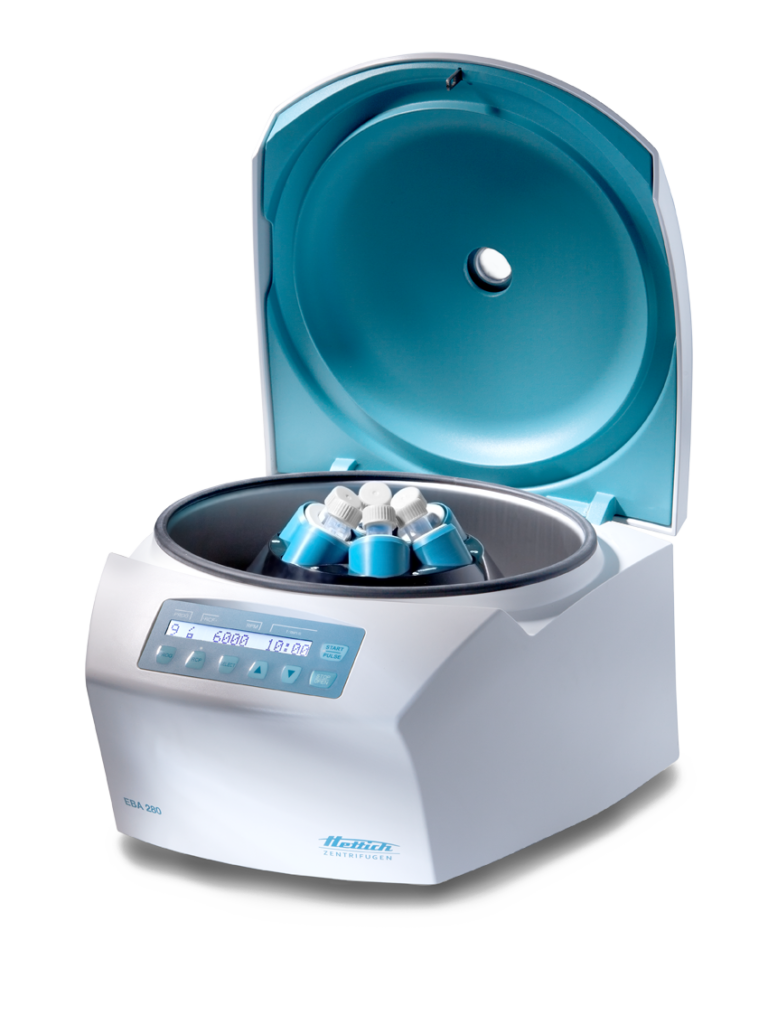Serology deals with the study of diseases and blood serum, especially in infectious diseases like AIDS, malaria, and hepatitis B. In clinical laboratories, a serological centrifuge is used to diagnose diseases and carry out diagnostic tasks. Serological centrifuges separate blood cells from the rest of the test samples.
The separation is done through a combination of centrifugal force and speed. Serological centrifuges are also used to separate blood plasma from whole blood so further analysis can be done. It is also used to culture bacterial antigens and identify proteins through protein assays.
How a Serological Centrifuge is Used
Whole blood is placed into the serological centrifuge. The rotor of the machine will then spill the sample. The centrifugal force will then push the cells outwards. As the sample spins, the centrifuge will create a force that is proportional to the rate it is spinning. Since clinical work does not require extremely high forces, a small benchtop is sufficient.
Before using a serological centrifuge, it is crucial that you follow all the safety procedures required. For instance, you need to make sure the device is stable and secure. It is also important to make sure the sample tube is securely placed inside the rotor.


Comments are closed.